The opening of the Rifts at Dresden and Los Alamos had truly seismic effects on the world of science, advancing humanity’s understanding of technology by an order of magnitude virtually overnight. Advances in gyroscopics and the Hedley-Kaye principle made combat walkers a viable proposition, while microelectronics and miniaturised servo-motors led to the rapid development of heavy, powered armour. These achievements would form the backbone of the new wave of military hardware deployed from 1945 onwards, as well as revolutionising many other areas of society, but there was a far darker side of Rift-tech that would be exploited by all sides to a greater or lesser degree – bioengineering.
Schreckwulfen
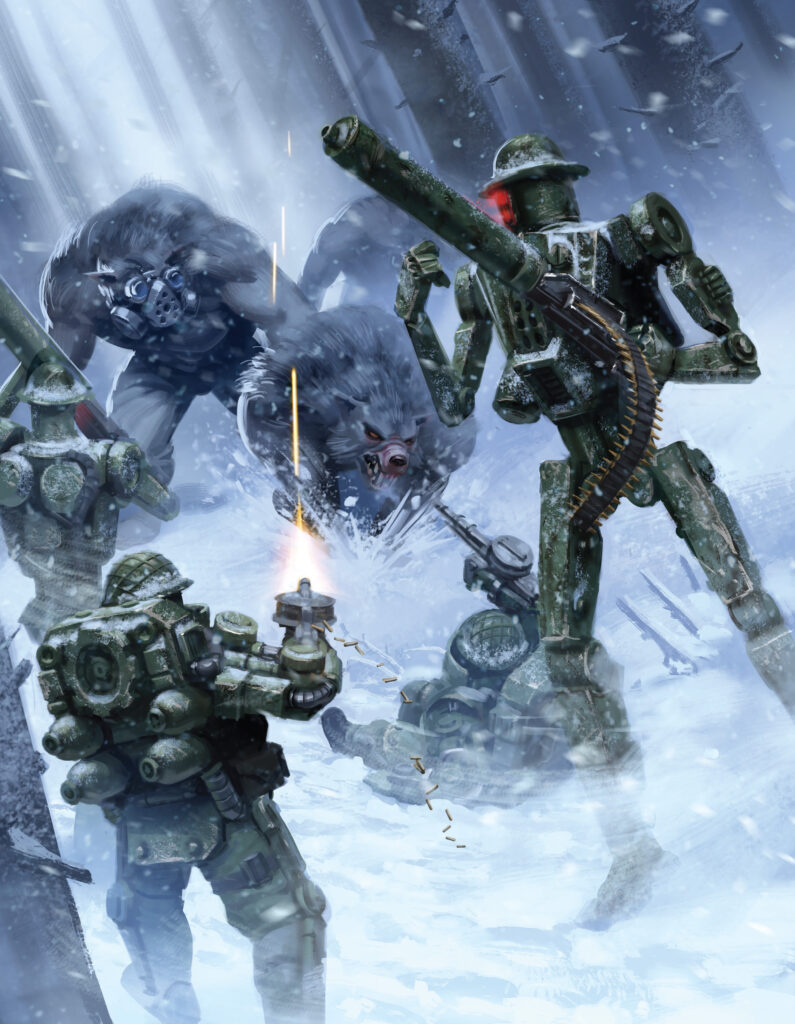
With the initial success of the macabre Totenkorps program (which we’ve previously covered in detail), German scientists began looking for ways to enhance the combat prowess of living soldiers, who would be able to follow far more complex orders to greater effect on the battlefield. While this project may have begun as an attempt to create a ‘superman’, it quickly descended into something far more sinister. The first the advancing Allies would see of what was dubbed Projekt 605 was the appearance of the hulking Schreckwulfen in the Ardennes during February 1945, at the height of the Battle of the Bulge. These lupine monstrosities were deployed by night against isolated US positions, wreaking havoc with their fearsome claws and teeth. More wolf than man, they spread terror through US lines, with even hardened Allied troops fleeing from shadows or refusing to spend nights in the woods without lighting large fires – making them an easy target for German artillery and snipers. Rumours abounded, painting the creatures as the werewolves of European mythology (a resemblance eagerly seized upon by the German propaganda machine), and it would not be until late March that a corpse would be recovered, giving Allied scientists a glimpse into the grim reality of Projekt 605.
Far from shape-shifting monsters of the forests, the Schreckwulfen had once been men, but their DNA had been cruelly spliced and recombined with that of Canis Lupus, twisting them beyond recognition into fearsome beasts, fully capable of tearing enemy troops limb from limb but retaining most of their intelligence (albeit at a significant cost to their table manners and conversational skills!). Later discoveries of covert Projekt 605 research laboratories would uncover the horrific failed experiments that had led to the creation of the Schreckwulfen, and it was never conclusively proven whether any soldiers truly ‘volunteered’ for the program, but the Schreckwulfen themselves were clearly a resounding success.
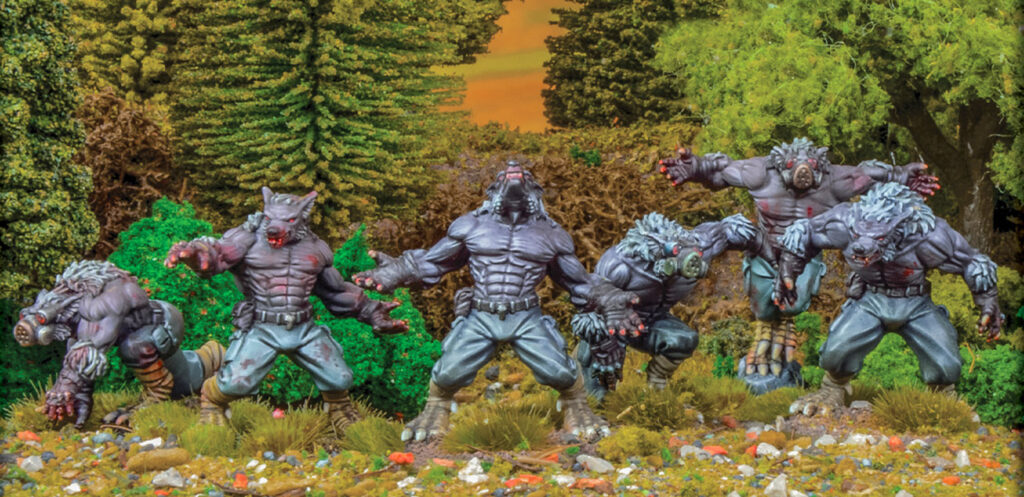
On the Table: These beasts can be fielded in packs of three to six, and come with a chunky set of special rules – Tough, Fast, Tooth and Claw and IR Vision make them absolute beasts in close combat (pun intended!), while the sheer Horror of their presence undermines the morale of all around them – friend or foe! Not bad for 20 points a model!
Nachtjäger
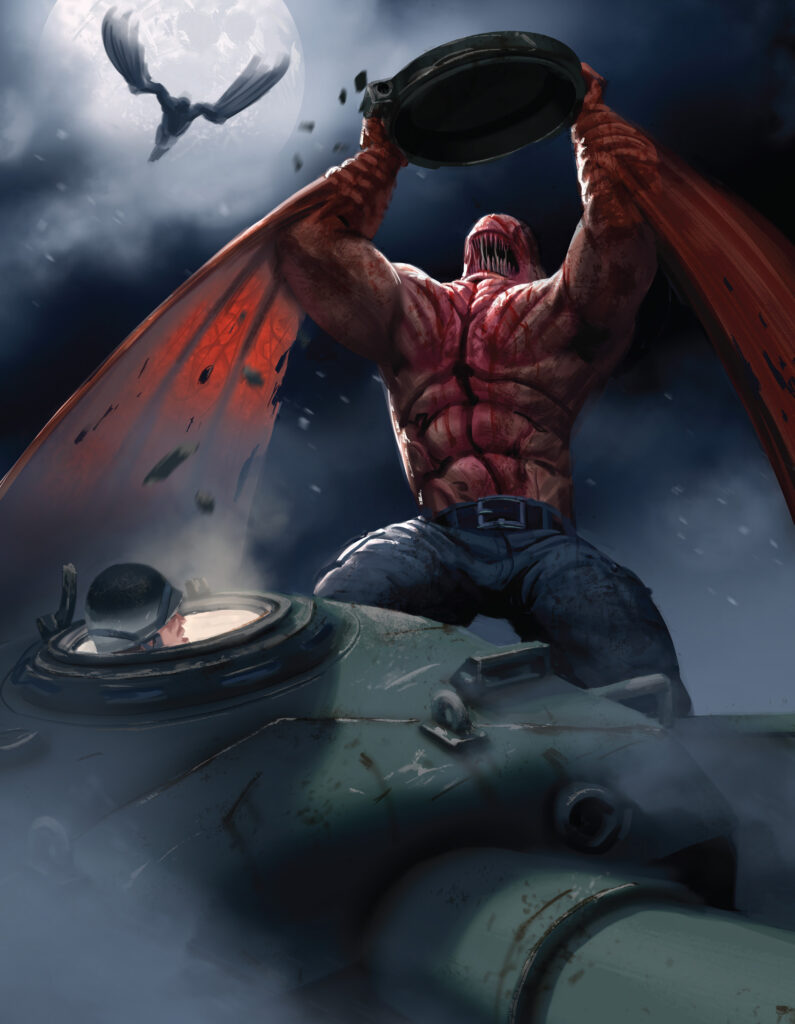
The Schreckwulfen were not the only successful products of Projekt 605 – in November of 1945, a troop of British Sherman tanks failed to arrive in the Belgian village of Boussoit following a night march. Tracing back along their route by daylight, British forces were horrified to discover the tanks idle in a clearing, their hatches ripped open, and crews torn to pieces. Only one man had managed to survive, and was found mortally wounded some distance away, having been flung from his tank by the unknown assailants. Maddened by terror and pain, the only words he would utter before his death would be the cryptic and terrifying “they hunt at night… they hunt at night…”. While initially believed to have been the work of Schreckwulfen, these attacks intensified over the next weeks, and it quickly became apparent that the Allies were facing an entirely new kind of threat – one not confined to terra firma.
When at last one of the marauding horrors was killed, brought down by a lucky burst of anti-aircraft fire while swooping down on a hapless infantry platoon dug in along a riverbank, one of the finest creations of Projekt 605 was finally brought to light, much to the consternation of all involved. Designated by their creators as Nachtjäger (‘Night Hunters’), and by the British as ‘bats’, they were a truly hellish fusion of human, bat, alligator, and other, less identifiable DNA. Eyeless, appearing to navigate by echolocation, and capable of flight on hideous leathery wings, they retained even less of their humanity than the Schreckwulfen. Unleashed to hunt and kill under the cover of darkness, their mere existence slowed the Allied advance to a crawl, and directly led to the urgent acceleration of the US Paragon program to counter them (itself detailed here). Interestingly, despite their undoubted effectiveness, they seemed to have little regard for the distinction between friend and foe when hunting, with captured German soldiers just as terrified of them as their British counterparts.
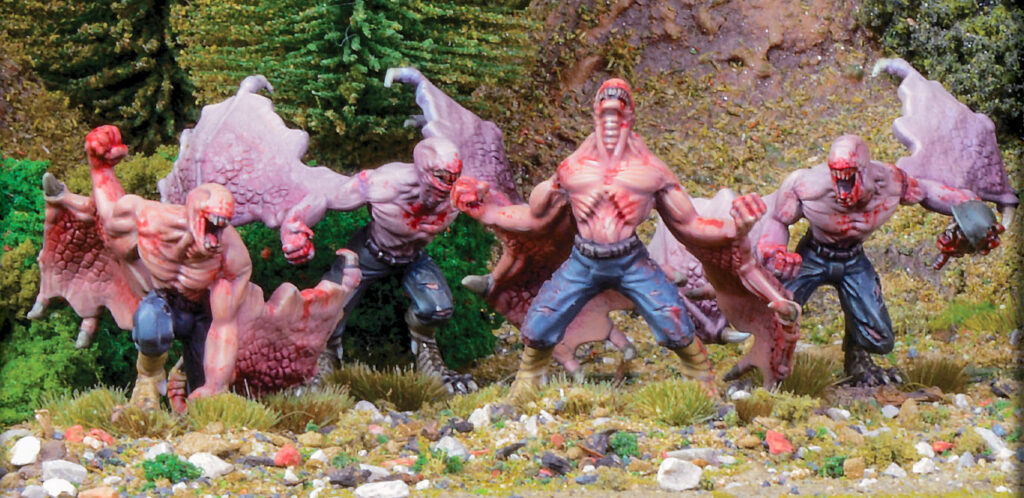
On the Table: There’s good reason to be scared of the Nachtjäger on the tabletop! Tough, Strong, Tooth and Claw and IR Vision are the classic base for a close-quarters monster, much like the Schreckwulfen, but when paired with Flight they get really, really scary as they can go almost anywhere on the table, and quickly! Horror is also a well-deserved and useful rule – try them in a unit of four and watch your opponent open up on them with everything they’ve got in a blind panic!
Nachtalben
Arguably the only real flaw in the creation of the Nachtjäger was that, if anything, they were a little too monstrous! Their overwhelming urge to rip and tear left very little room for advanced tactics, and once unleashed they were more or less uncontrollable. German High Command sought to strike a balance between the battlefield nous of a trained infantryman and the bestial war lust of a genetic monstrosity, and the Projekt 605 scientists were only too happy to oblige. First deployed on the Eastern Front in mid-1946, the Nachtalben (‘Night Demons’) were in many ways a ‘scaled back’ variation on the Nachtjäger concept, combining much of the same DNA, but in far smaller amounts. This produced what could truly be called, if not human, at least recognisably sentient and cognisant humanoid soldiers, capable of the same tactical thought and independent operation as their unmodified peers, while boasting heightened senses and strength far in excess of ordinary humans.
Thought to have been created from ‘volunteers’ drawn from punishment battalions, the Nachtalben would be attached to Waffen-SS formations as elite reconnaissance troops and infiltrators, often operating far behind enemy lines on sabotage and assassination missions. Their use was strictly controlled, and their numbers low, meaning that for a long time they remained little more than a barrack-room ghost story among Allied soldiers, but the elite troopers of the US Paragon program and Soviet scouts alike would find themselves waging a vicious private war in the shadows against this newest kind of horror.
On the Table: As befits the most advanced creation of Projekt 605, the Nachtalben are an awesome addition to any German force on the Konflikt ’47 tabletop. A Veteran infantry squad bristling with SMGs is always useful, but when you add in Fast, Tough, IR Vision, Elite, and Behind Enemy Lines for good measure, nowhere on the table is safe! Difficult to get rid of, and hard-hitting at short ranges, they’re the perfect ‘stiffening’ for an otherwise genetic nightmare-less German army!
Do you like messing around with gene-sequences, combat werewolves, and bat-lizard-alligator-death machine hybrids? Of course you do, you’re reading a Konflikt ’47 article! No army is complete without at least one unit of these abominations against the human form!
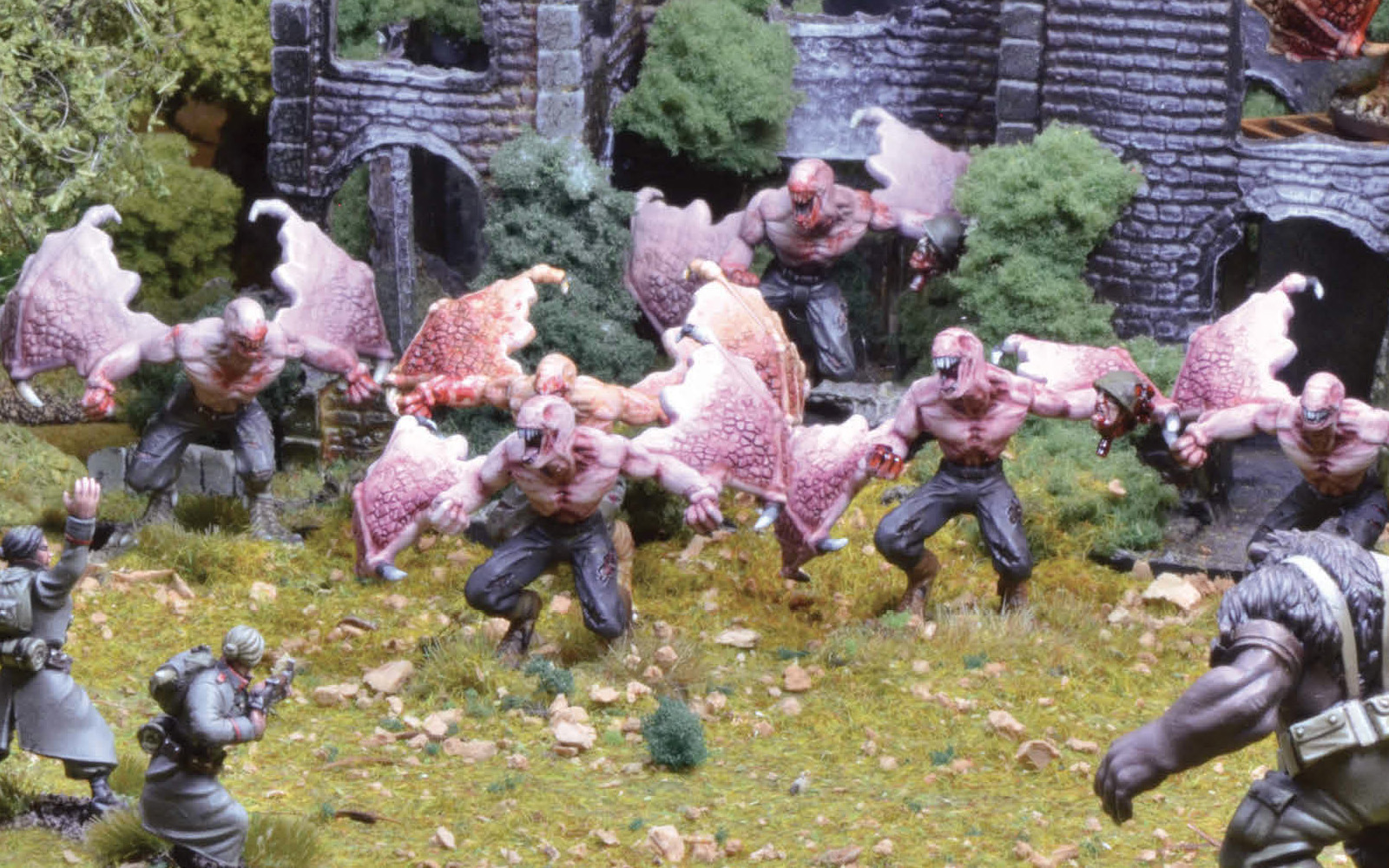
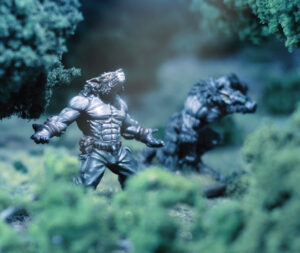
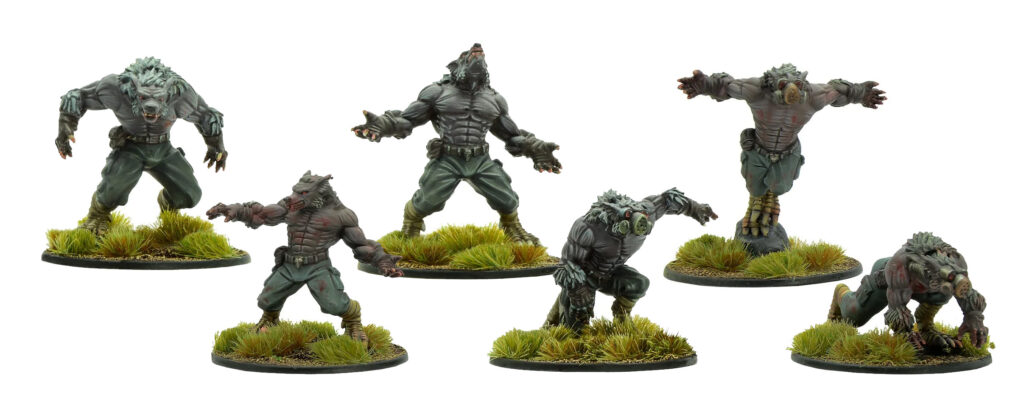
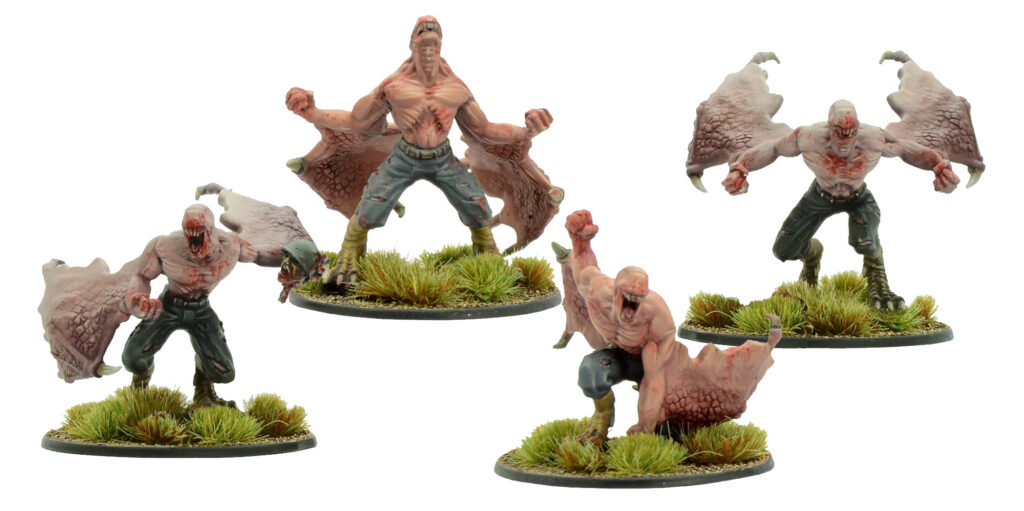
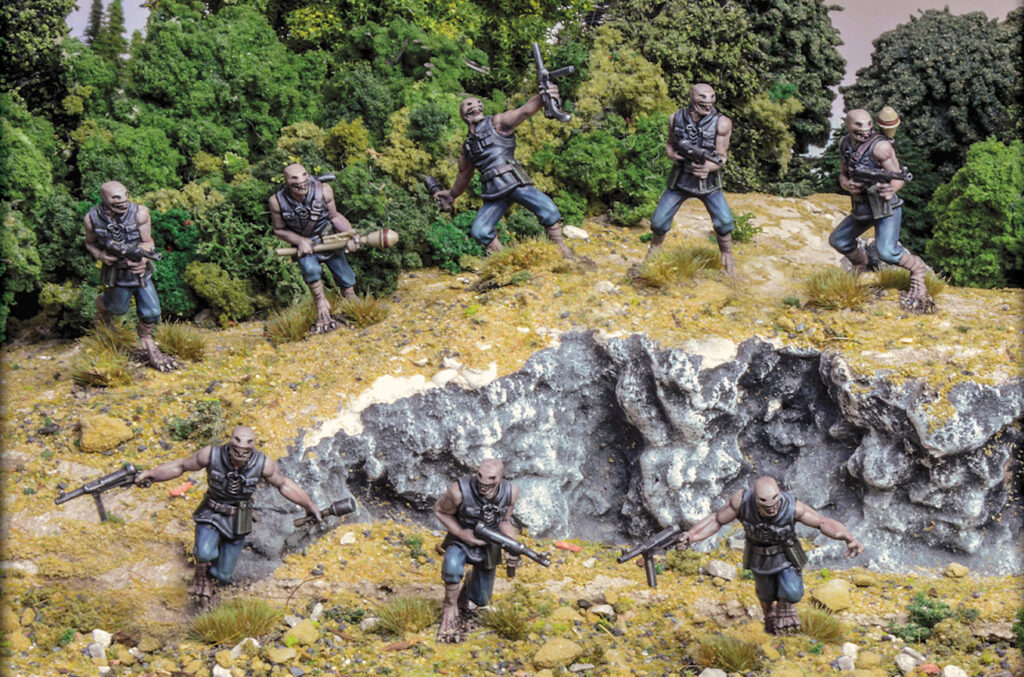
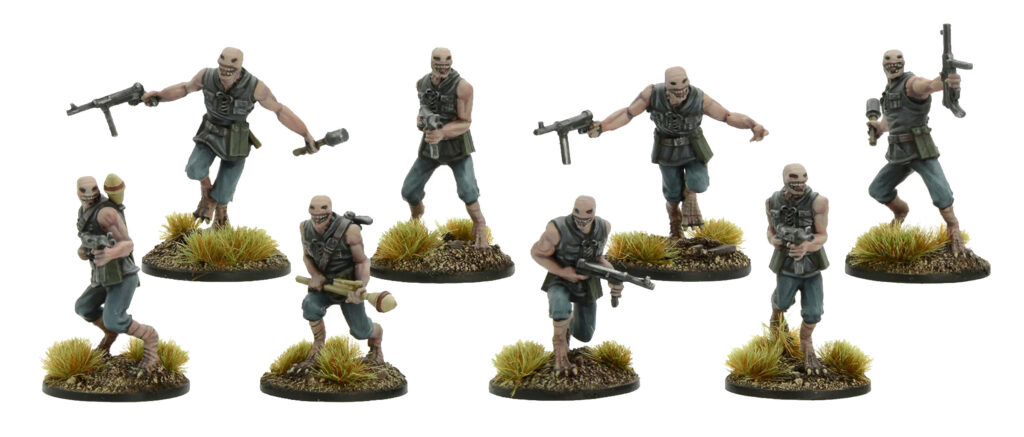
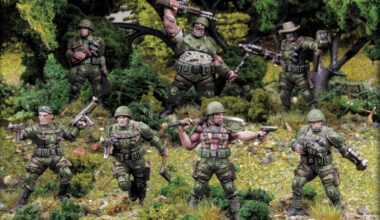
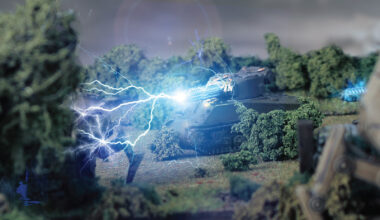
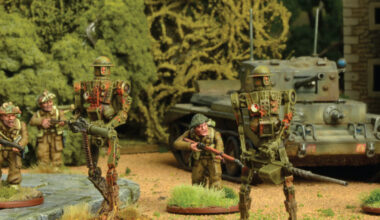
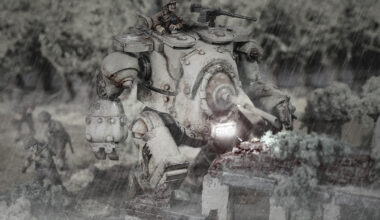
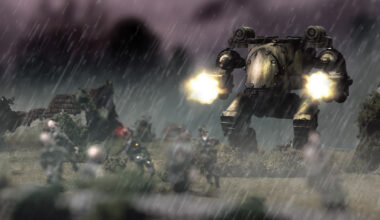
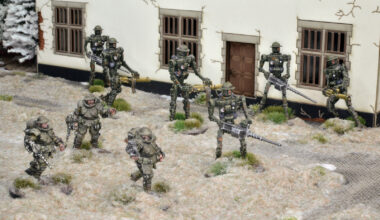
4 comments
Is there a possibility we can do a behind-the-scenes look at how the super-soldiers do?
We know Nachtjager can tear open tank hatches, so they’re reasonably strong. How strong? How fast?
I suspect that the war is just hotting up: The Soviets have literal super-humans in their Terror troops, the Americans have their ‘Paragon’ programme and we’re getting dangerously close to Sidney Gottlieb and his MKUltra mind control drug territory as we creep ever closer to 1950. The Germans have Hauptmann Gross and their Nachtalben troops. We also have no idea who’s behind the communications for the Rifts – Is it Aliens trying to take over? Silurians from the past wanting to reclaim their planet? A corporation from the future guaranteeing it will come about and play both sides?
I want to know if Soviet uprisings against Stalin might be happening, or cross-war groups wanting to work together to figure out who’s responsible for keeping humanity in perpetual war.(After all, if they deal with the Rifts people, they can go back to killing each other like civilized people).
Per a British intelligence report, in August 1946 a single Nachtjäger was observed to have covered approximately 100 yards of lightly-forested ground in a little over seven and a half seconds, subsequently shoulder-charging a Cromwell Mk IV (approximately 28 tons weight). The tank was hit on the right flank, in line with the turret, and shoved sideways roughly fifteen yards, coming to rest against a stand of trees, having shed both tracks and suffered significant denting to the side armour plating. The Nachtjäger in question was subsequently slain by a direct hit from a 75mm HE shell from a second Cromwell.
As for your other questions… investigations are still ongoing, but more discoveries are being made every day!
Always great to see more K47, even if it’s just stuff we’ve seen before. Part of the reason I believe the game isn’t more popular is simply most players don’t know about it, or are put off by the name “Weird World War” before giving it a chance. Were there more support for it, it would be my main tabletop game.
I agree that it should be promoted more, but i think the lack of popularity also comes from the nature of the “weird war” theme itself – average historical wargamer doesnt really want Sci-Fi stuff in his historicals, while average Sci-Fi player doesnt really care about the historicals – weird war being both and none of those things at the same time